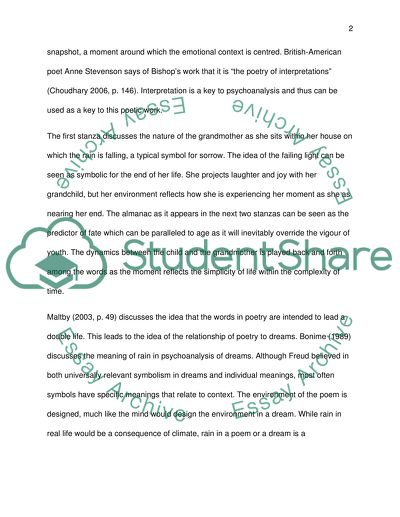Cite this document
(“Psychoanalysis of Sestina by Elizabeth Bishop Essay”, n.d.)
Retrieved from https://studentshare.org/literature/1465666-psychoanalysis-of-sestina-by-elizabeth-bishop
Retrieved from https://studentshare.org/literature/1465666-psychoanalysis-of-sestina-by-elizabeth-bishop
(Psychoanalysis of Sestina by Elizabeth Bishop Essay)
https://studentshare.org/literature/1465666-psychoanalysis-of-sestina-by-elizabeth-bishop.
https://studentshare.org/literature/1465666-psychoanalysis-of-sestina-by-elizabeth-bishop.
“Psychoanalysis of Sestina by Elizabeth Bishop Essay”, n.d. https://studentshare.org/literature/1465666-psychoanalysis-of-sestina-by-elizabeth-bishop.


